Today we had no morning wind so we savoured coffee comfortably on the balcony. It had been a European-style later Indian supper at a superb English-owned ‘The Old Charm’ tucked well into the neighborhood so we took our time at everything this morning. I walked to the local store for fresh crusty bread, allowing myself the shot of the dainty purple flower downstairs.
i hadn’t spied the nearby hibiscus yesterday, however.
More Maltese alluringly investigation awaited us.
We headed back to Valletta for Fort St. Elmo and the War Museum.
We were disappointed that Andy has heard a single stone mason in the old tradition still works in the country as this is such a magnificent architecture built on an amazing craft. As one looks in every direction, the building sparkle. Hopefully that is bad cab driver information but we all know their knowledge of a city is pretty bloody solid….
The Museum illustrations and explanations, as my husband commented, were not Disneyesque but gave you terrific insight I digestible pieces.
There are many questions about how this island has survived survive so ably, especially against its spot in the Med. Located a mere 60 miles south of Sicily, I understand why one of you noted how surprisingly different Malta is from that Italian island.
The museum gave a clear history of Malta over the millennia, frequently standing so close yet so ably evading conquerors menacing it. The Phoenicians, the Italians, and the more modern invaders all receive treatment, appropriate since so few non-Maltese likely grasp how frequently foreigners sought to change the trajectory of this 18 miles by 8 miles island and smaller islets nearby.
The Ottoman Turks played a major role trying to convert Europe in the middle centuries of the last millennium as the continent sorted out its political, religious, and ethnic strife. In the face of great odds but with much political grit, Malta held the Islamic forces at bay. The Popes authorized the Knights of St. John to headquarter here
.
Moving forward, the Napoleonic era following the French Revolution again threatened Malta’s fragile independence and cultural autonomy. In 1814, authorities sought British protection, entering a century and a half of intertwining with Britain’s global Empire.
.
Malta’s proximity to Sicily during World War II on paper again looked a losing proposition yet the island sustained its position outside the Fascist camp. How many recall that Franklin Roosevelt visited Winston Churchill here in 1943 preparing for the conferences with Josef Stalin which would ultimately lead to Yalta?
As the Cold War and subsequent history unfolded, Malta’s independence as of 1964 put it in the cross hairs of the changes underway in the Mediterranean region, raising vital discussions about spies, African migrants, and expansion of the European Union.
Yet reminders of Britain’s role
abound amidst a flourishing globalized population. Language, culture, food, drink, and religion show the interplay between Maltese and British populations for generations.
Amongst it all, Malta’s intricacies of geography and traffic can still defeat today’s population and technology as we had not one but two prolonged misstarts with our cab driver who we first misinformed our location and he by turning left rather than right to collect us at last. It offered a charming end to a fascinating day.
Thank you for reading Actions Create Consequences. I am thrilled to share my thoughts on our world with you daily. I am honoured by those who contribute to this publication with paid subscriptions. I hope you will consider that support if this matters to you. Please feel free to share it or restock below.
Be well and be safe. FIN

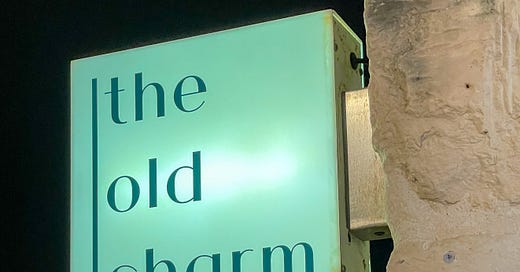



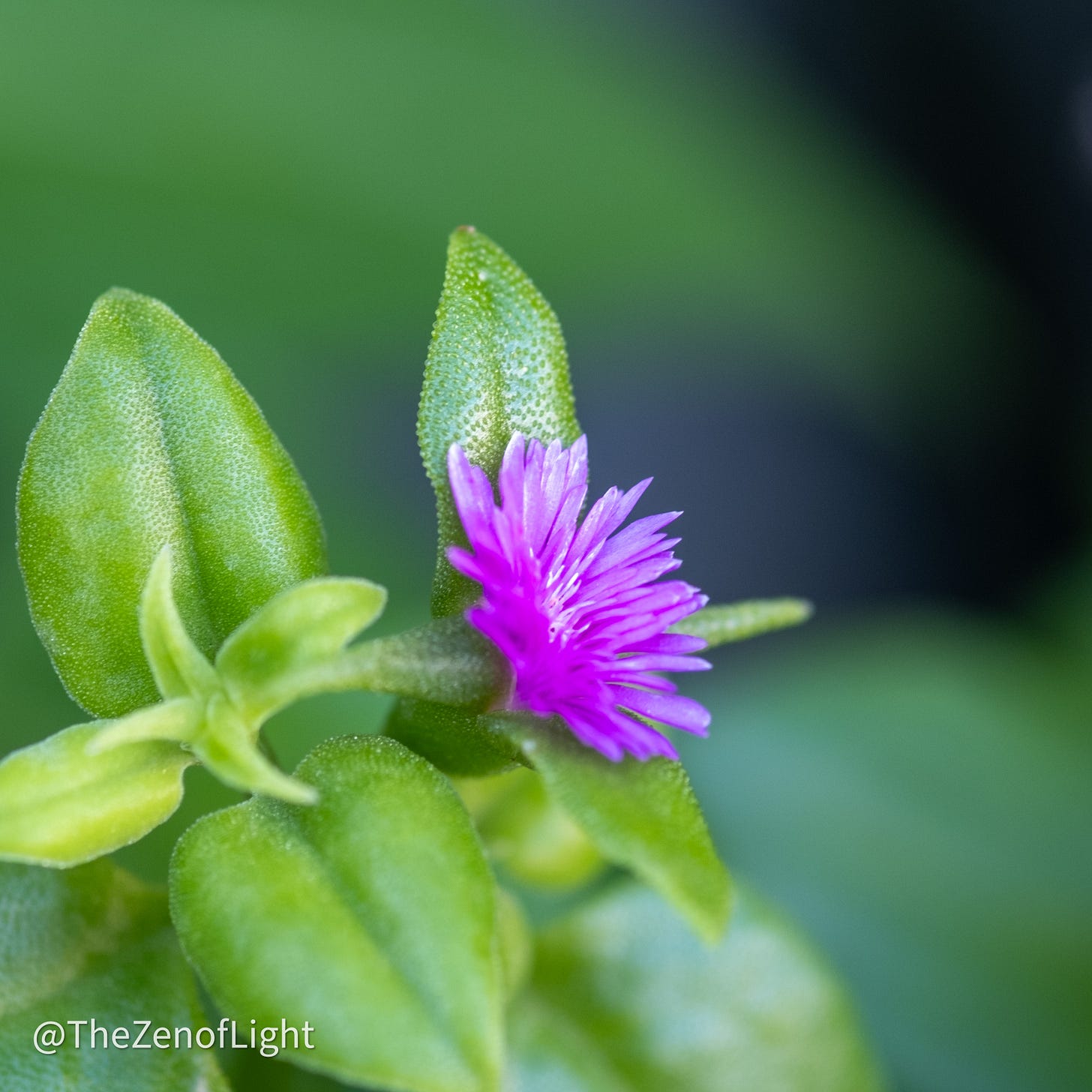
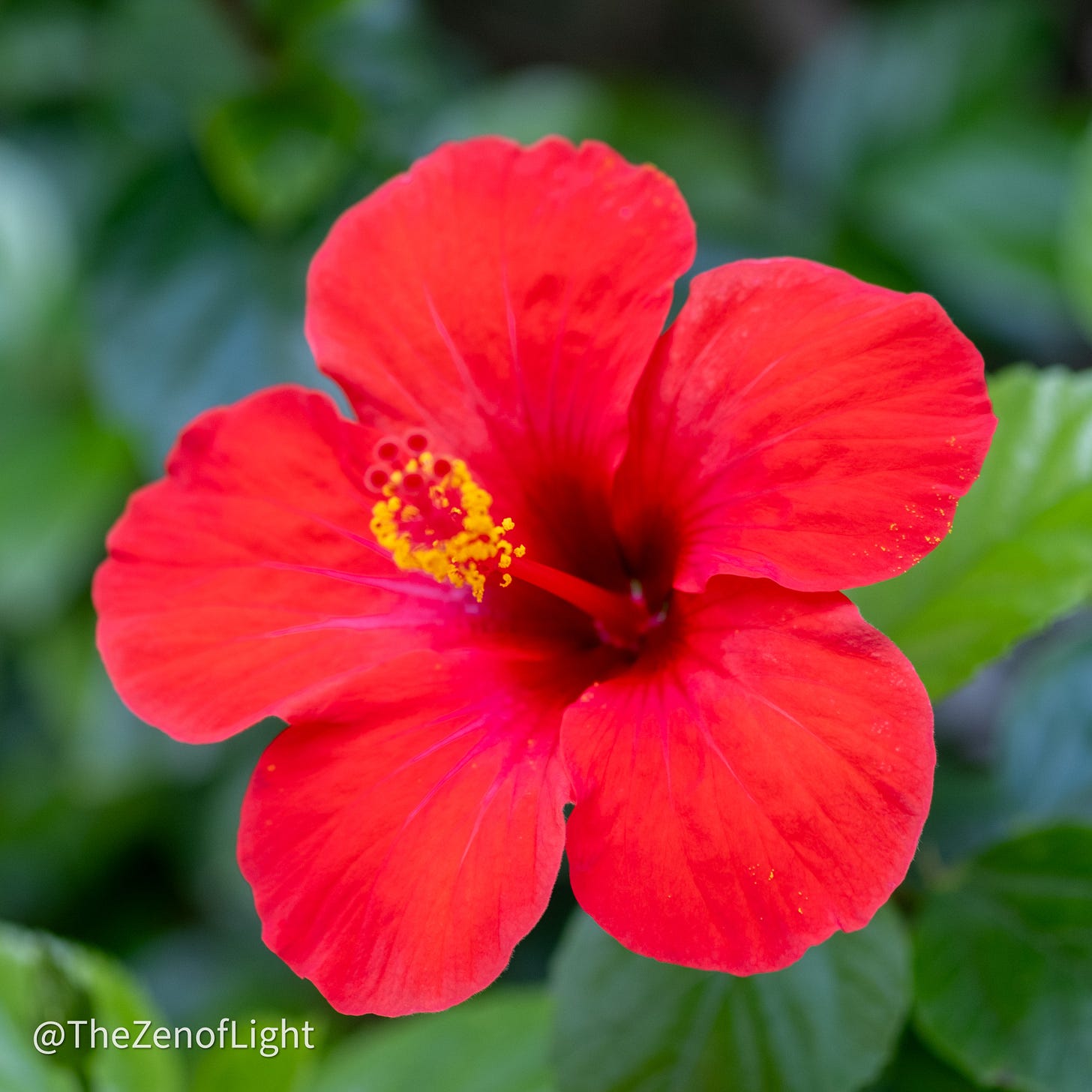
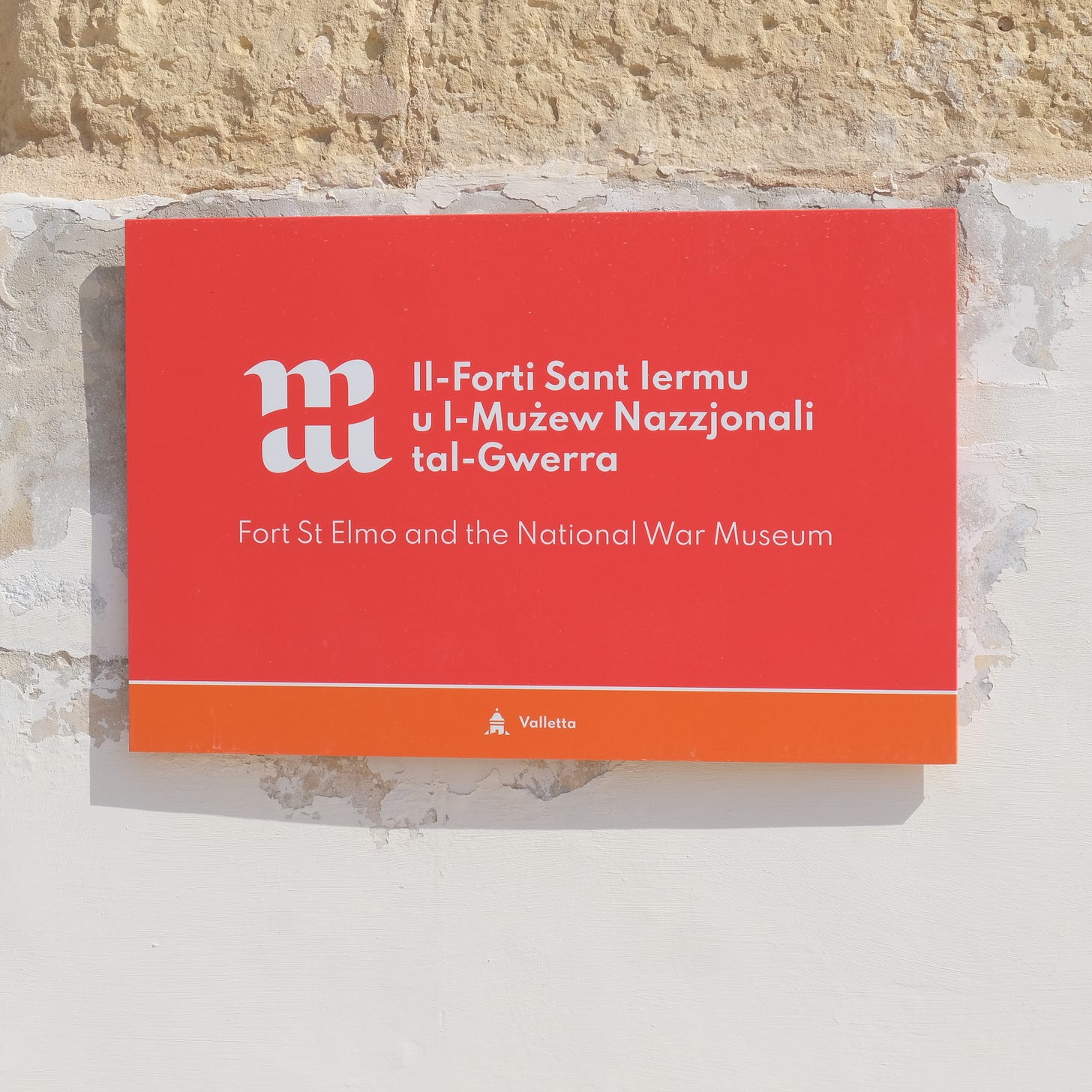
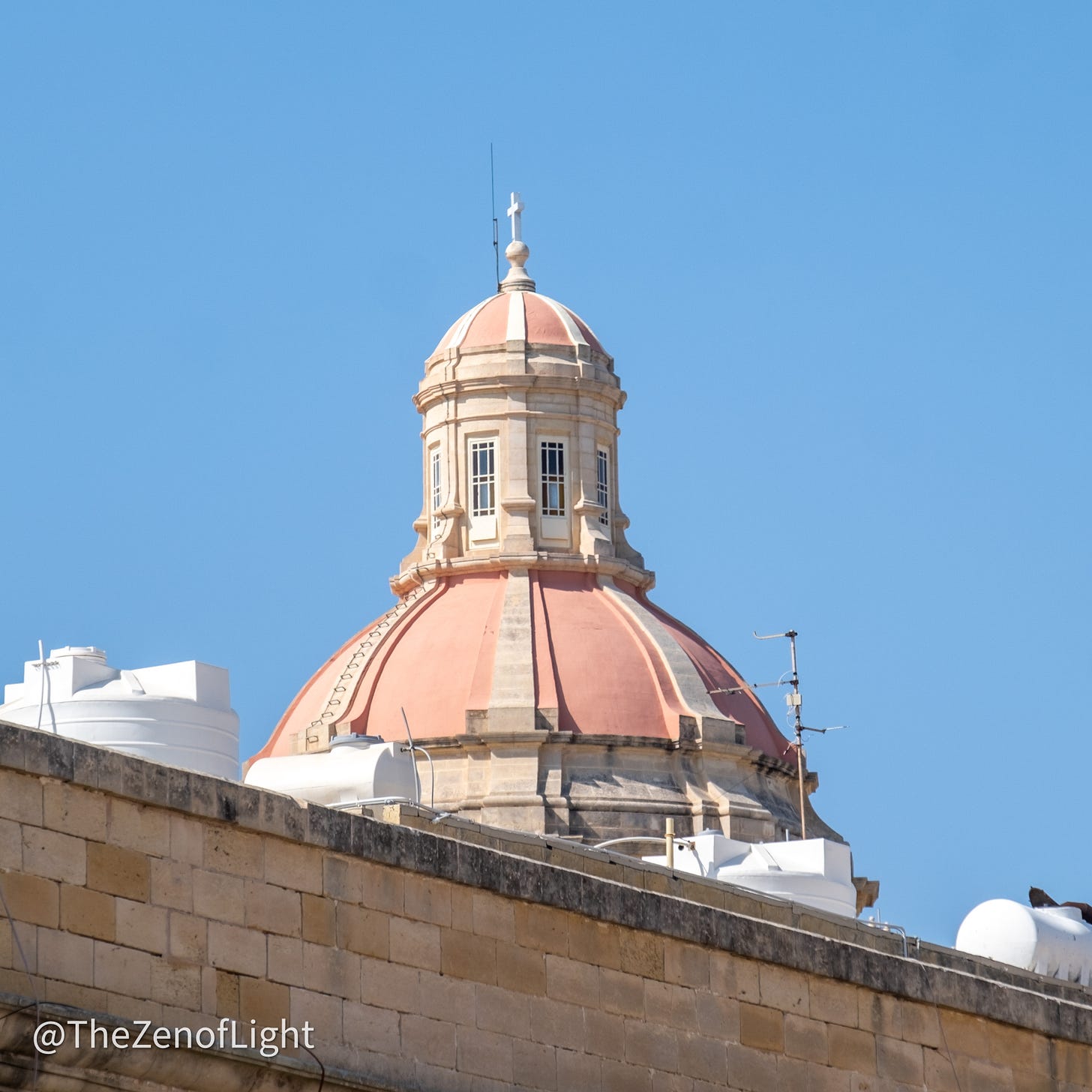

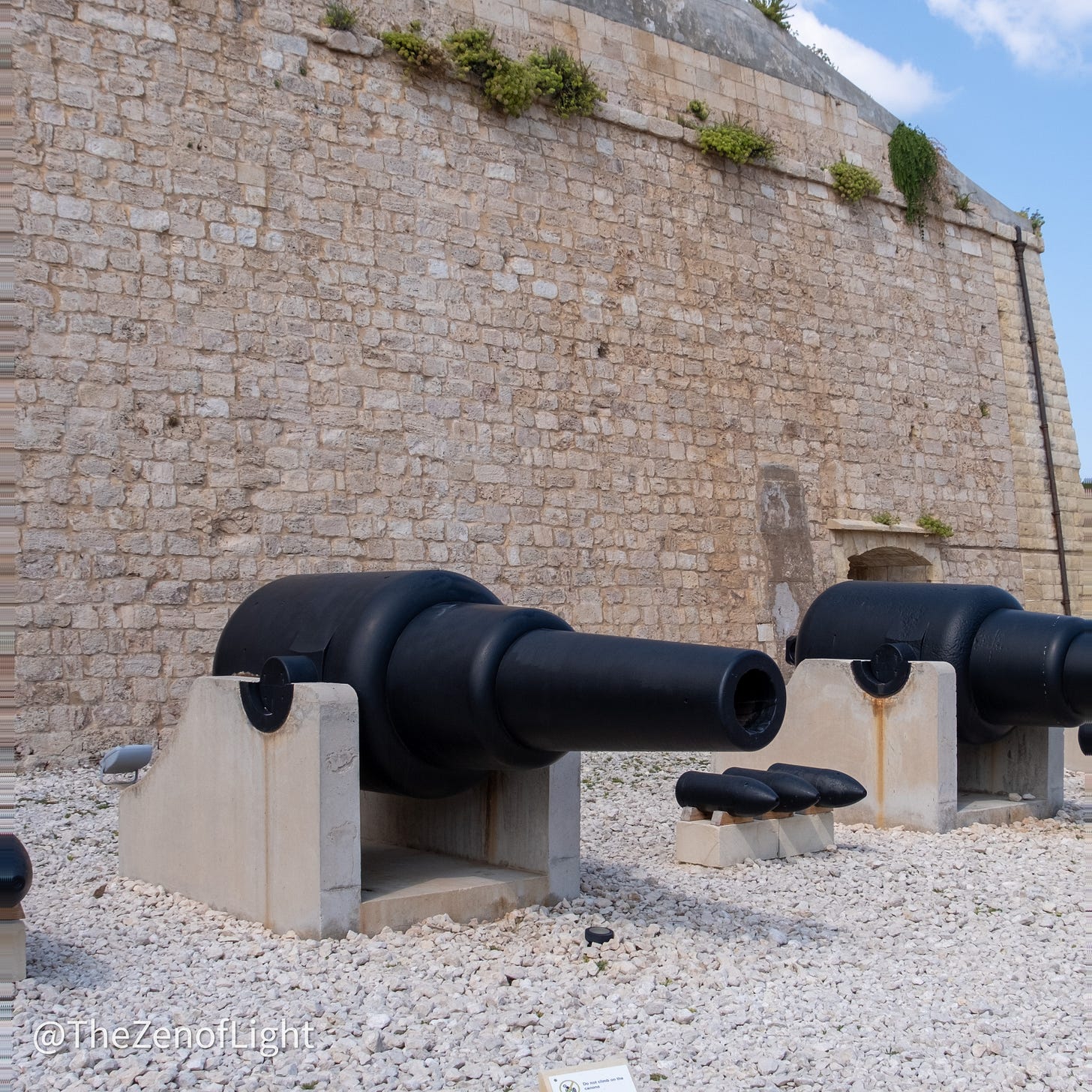
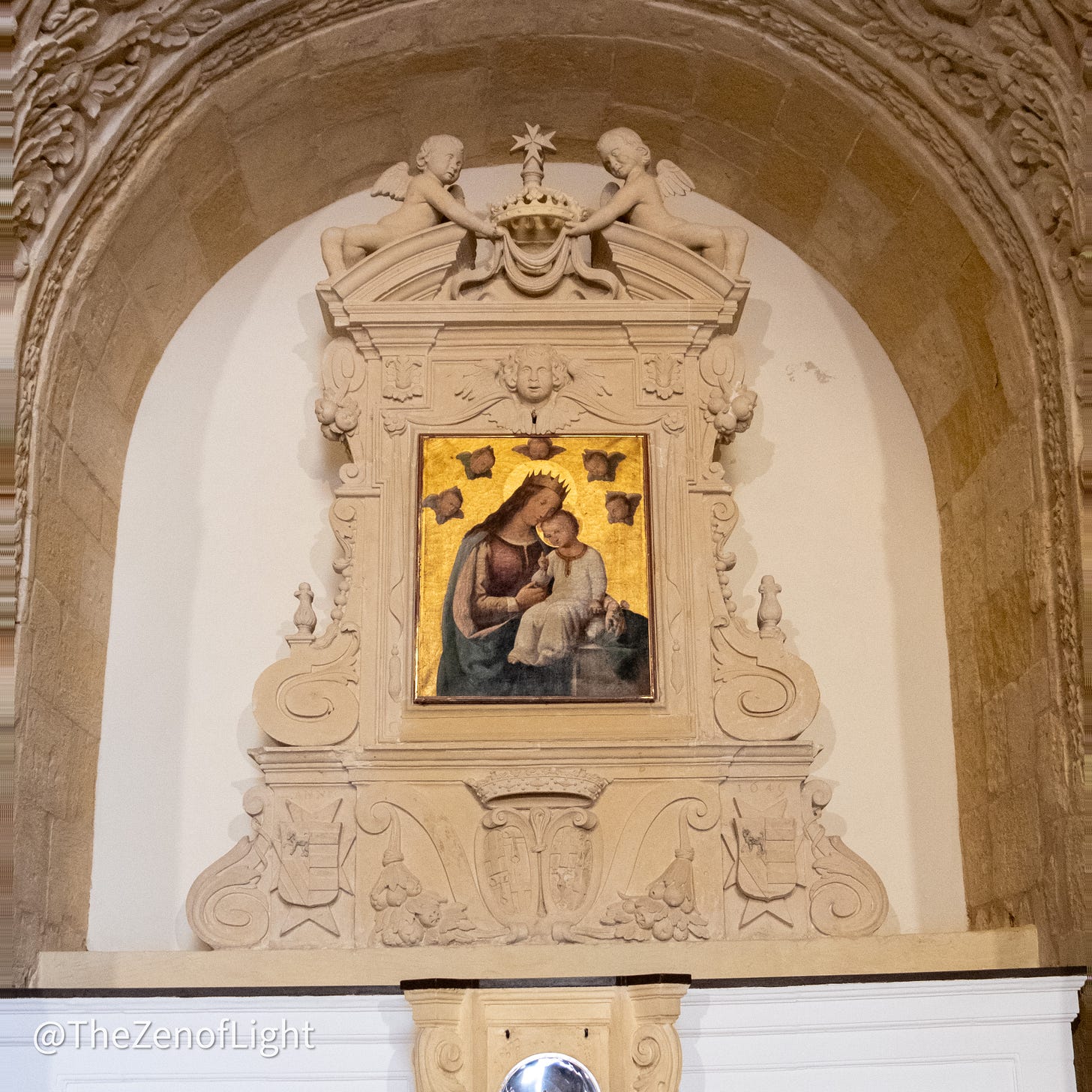
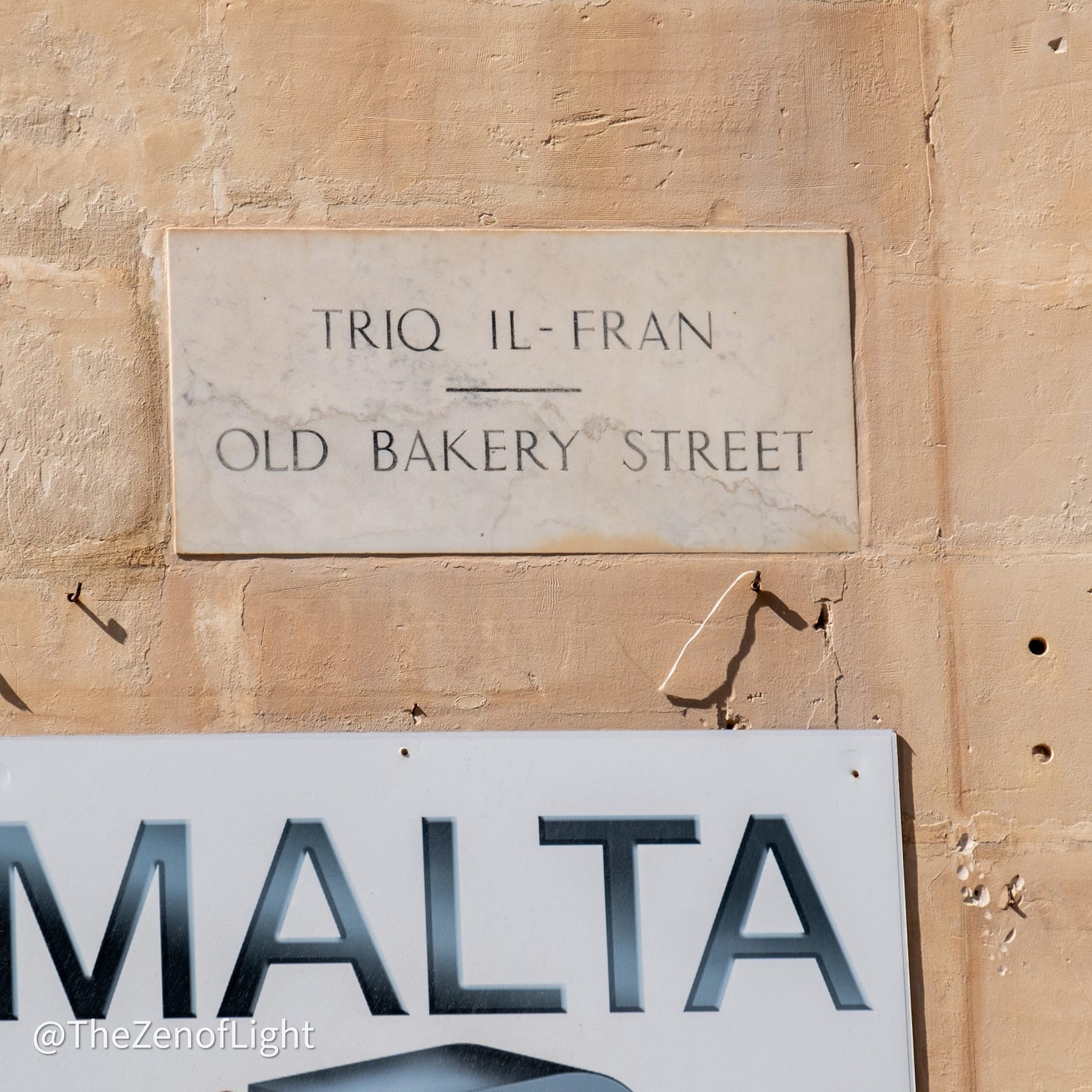

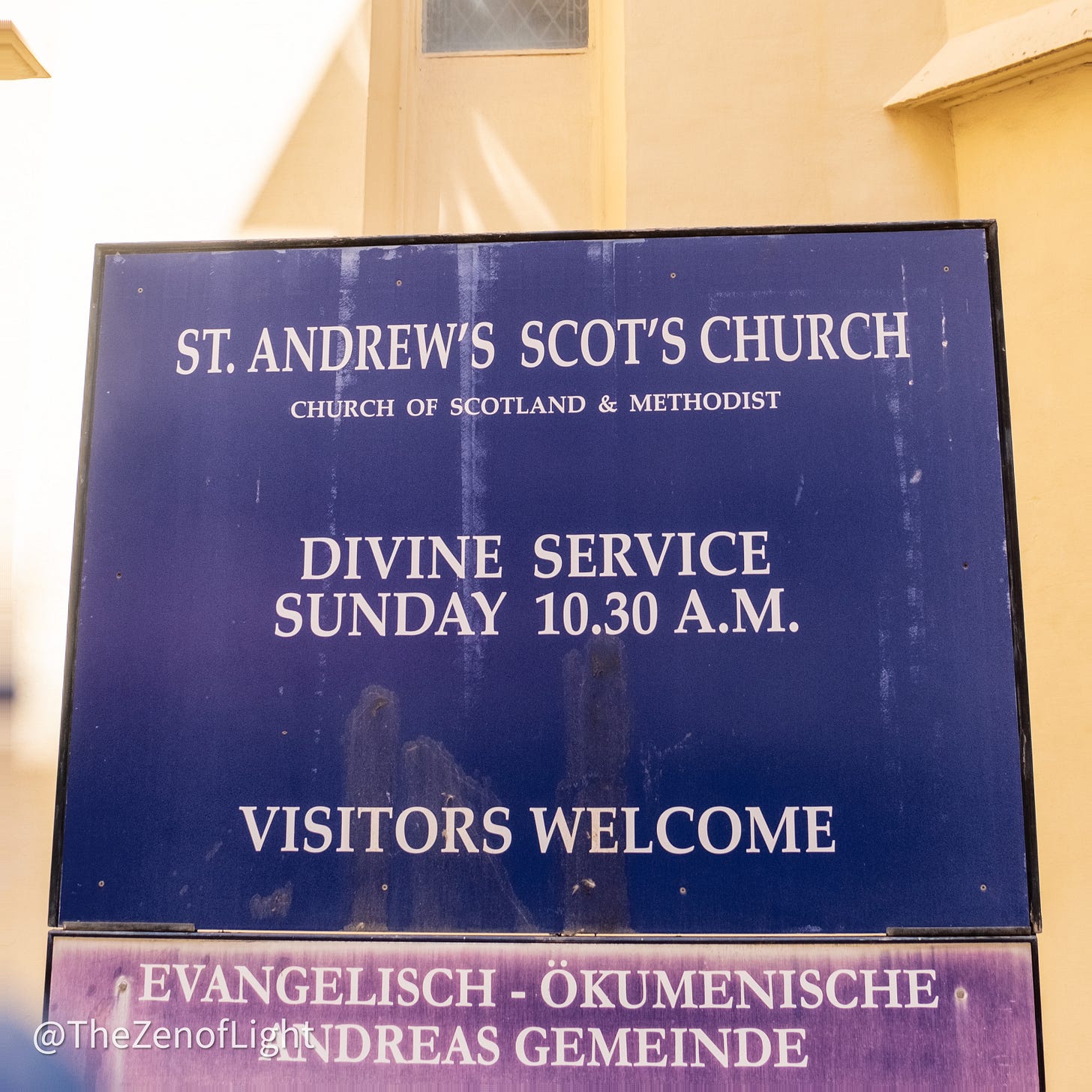
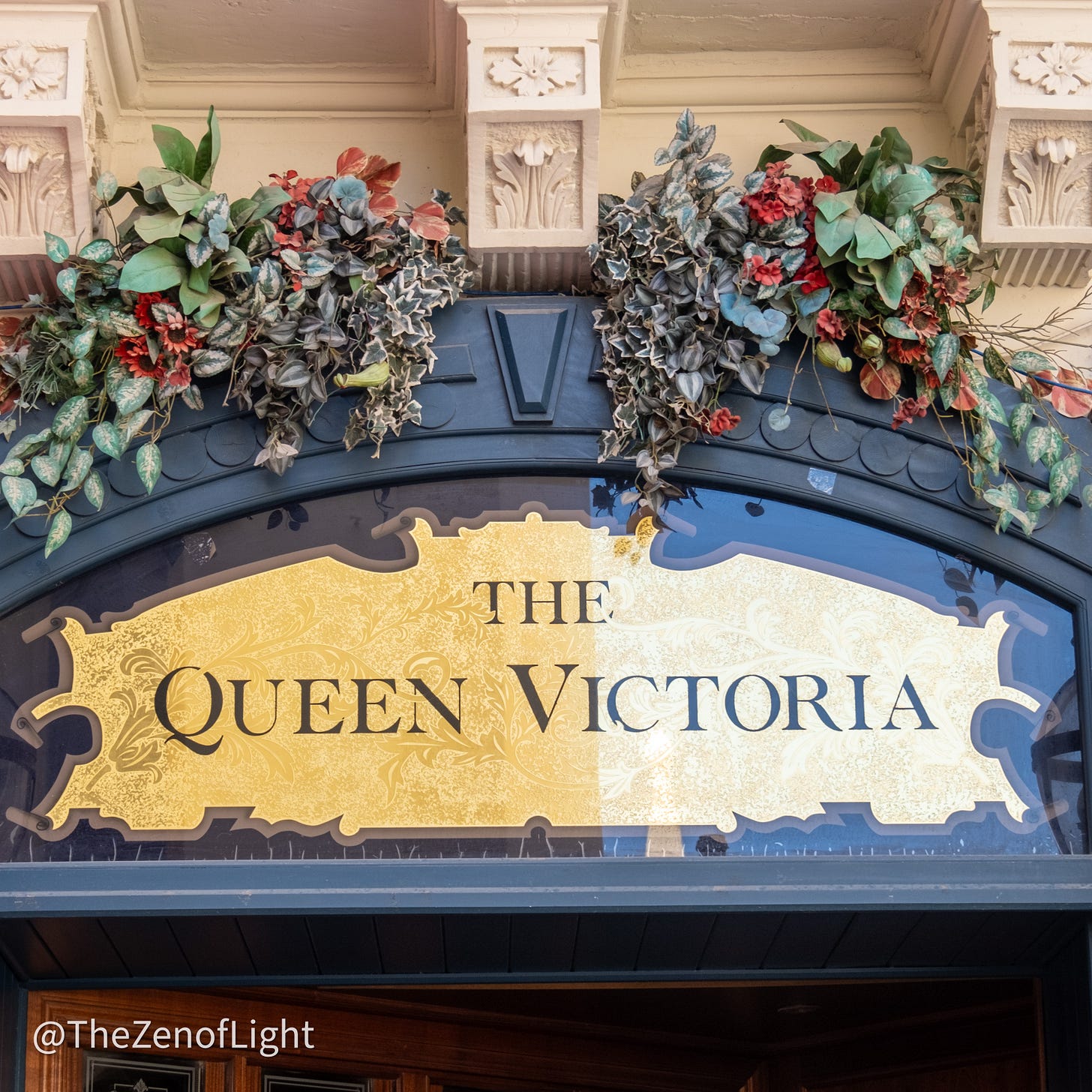
Beautiful, meaningful, poignant. As usual.